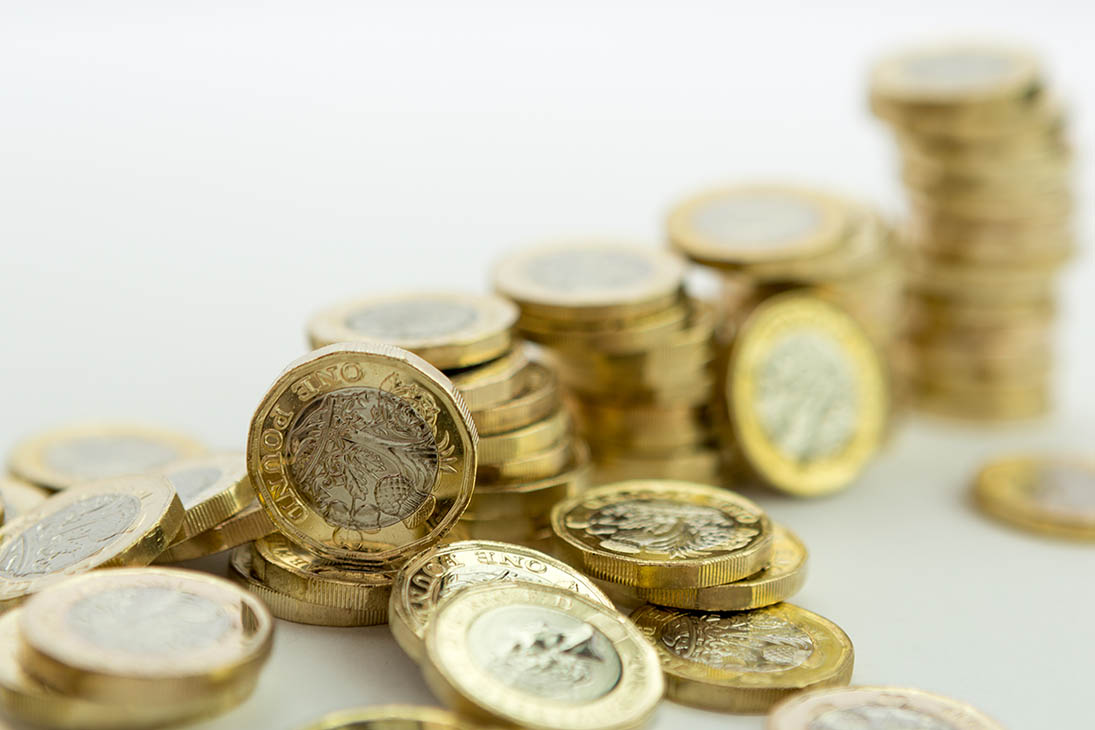So, the day has finally arrived. Well, technically speaking, it arrived two days ago. I remember the discussion well, and I’m sure Nick Smith (City Life) said “Don’t worry, the deadline’s months away; you’ll think of something to write”. Oh dear.
Apparently, I agreed that I would write a series of articles to help City Life’s readers (hopefully that’s you), start thinking about investment planning and what it means. Blimey.
Okay, let’s dive in and start with a question I ask everyone who tells me they want to invest some money: “How much cash have you got?”
This isn’t some sneaky question to try and get them to invest all of their money, far from it. It’s to help make sure that they can afford to even consider investing money. It’s really important that before a single £ is invested, there’s enough cash in the bank or building society. So how much is enough?
Having an appropriate amount in cash is really important, but also a bit of a balancing act. Too little cash, then money that’s been invested may need to be withdrawn at a time when market conditions are less than ideal; too much, and you’re actually losing money. Losing money with cash? Surely, I’m talking rubbish? Sorry, I’m afraid it’s true.
Interest rates (the amount the bank or building society will pay you for having cash in your account) are really low; actually, they’re at an historic low. But at least they give you something, right? 0.1%? 0.2%? If you’re really lucky it might even be 0.5%. Great. Actually, that’s not great. Why? Because the rate of inflation (the actual cost of living) is higher than that.
As each year goes by, the cost of pretty much everything that we all buy, and pay for, goes up. Sometimes it goes up really quickly (ask a builder about the cost of cement at the moment), sometimes more slowly, but for planning purposes, we should think about the cost of living going up by 2% every year.
So, the general cost of ‘stuff’ goes up by 2% every year, and let’s consider a fixed amount of money, say £1,000 (to help keep the numbers easy, I’ll ignore the small amount of cash interest it may earn, and assume that the 2% price rise comes in one go, at the beginning of the year).
Imagine a cup of coffee costs £1 (I wish). In the first year you can buy 1000 full cups with your £1000; in the second year you can buy 980 full cups; in the third year you can buy 960; the fourth year it’s 941 and in the fifth year it’s 922. Only 922 cups in the fifth year, with the same £1000. Even for such a small inflation percentage, that’s a significant decrease in the purchasing power of your £1000. And yes, I know, even I probably wouldn’t drink that much coffee in a year.
Next time, I’ll explain how to work out what an appropriate amount of cash in the bank or building society might look like.
I think I need a coffee.
David
David Hinch is the Managing Director of David Burnell Financial Services.

